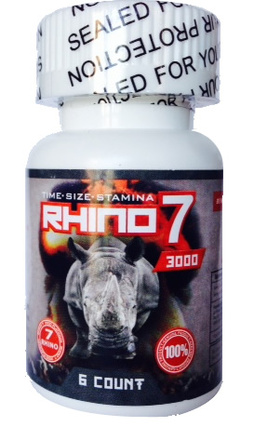……………………………………………………………………………………
Two New GE Pigs Want to Go To the Market
Did you think the genetically modified pig was gone? It is true that Canada’s “Enviro Pig” was scrapped in 2012 after consumer backlash and lack of university funding. That vacancy mainly left genetically modified salmon in the running to become the very first commercial GM animal.
But there are two new types of engineered pigs poised for approval in their respective countries. Now, with the secret Trans Pacific Partnership out in the open, it becomes clear that the deal opens the door for a swarm of global biotech ventures that can more easily glide their wares across country boundaries.
Whereas Enviro Pig’s genetic splicing was supposedly intended to cut down on phosphorous waste that kills waterways, two more pigs are vying for public acceptance.
It’s important to note that these animals aren’t “transgenic” like many of the GE crops on the market. That is, they do not contain genes from other species or kingdoms like bacteria. Biotech involves more than GMOs, and some methods currently fall outside of regulation or definition. However, we are still talking genetic engineering.
CBC News reports on them:
- Bruce Whitelaw and his colleagues at the University of Edinburgh are developing a pig resistant to African swine fever, a devastating disease with no vaccine or cure that has led to hundreds of pigs being slaughtered in Europe to prevent its spread.
- Jinsu Kim and his colleagues at Seoul National University have developed “double-muscle” pigs that produce twice as much muscle as a regular pig, resulting in higher protein, lower fat pork.
………………………………………………………………………………………..
CBC News
Genetically modified pigs raise concerns about food regulation
Regulatory system lacks transparency, critics say
CBC News Posted: Nov 03, 2015 11:50 AM ETLast Updated: Nov 04, 2015 8:59 AM ET

Two kinds of genetically modified pigs are on their way to becoming pork on our dinner plates. If they do, they’ll be some of the very first genetically modified animals to enter our food system. (Laszlo Balogh/Reuters)
Two kinds of genetically modified pigs are on their way to becoming pork on our dinner plates. If they do, they’ll be some of the very first genetically modified animals to enter our food system, along with genetically modified salmon that is also trying to gain regulatory approval.
But consumers are wary and lack confidence in governments’ readiness to regulate this new class of food product, researchers and activists say.
The genetically modified pigs under development are designed to improve pork production in different ways:
- Bruce Whitelaw and his colleagues at the University of Edinburgh are developing a pig resistant to African swine fever, a devastating disease with no vaccine or cure that has led to hundreds of pigs being slaughtered in Europe to prevent its spread.
- Jinsu Kim and his colleagues at Seoul National University have developed “double-muscle” pigs that produce twice as much muscle as a regular pig, resulting in higher protein, lower fat pork.
In both cases, researchers have precisely targeted an individual pig gene to create a mutation that turns up or turns down certain genes. The African swine fever resistant pig has an immune gene that is slightly more like a warthog’s. The double-muscle pig has a mutation similar to one produced by normal breeding in a muscly cow breed called the Belgian blue.
The pigs aren’t “transgenic” — that is, they don’t contain genes from other organisms. That makes them unlike some genetically modified crops already on the market, which may contain genes from organisms such as bacteria.
Related Stories












 One person has been hospitalized and is expected to recover. The juice was consumed at home or at High Hill Ranch. Officials are warning consumers to not drink any unpasteurized apple juice purchased from the ranch on or after October 6, 2015.
One person has been hospitalized and is expected to recover. The juice was consumed at home or at High Hill Ranch. Officials are warning consumers to not drink any unpasteurized apple juice purchased from the ranch on or after October 6, 2015.






